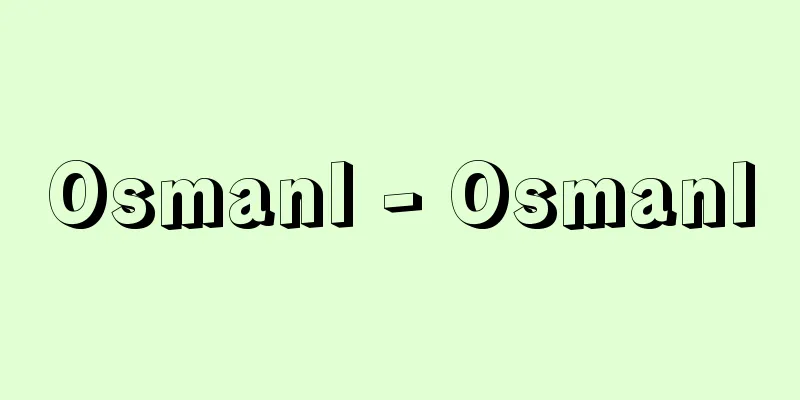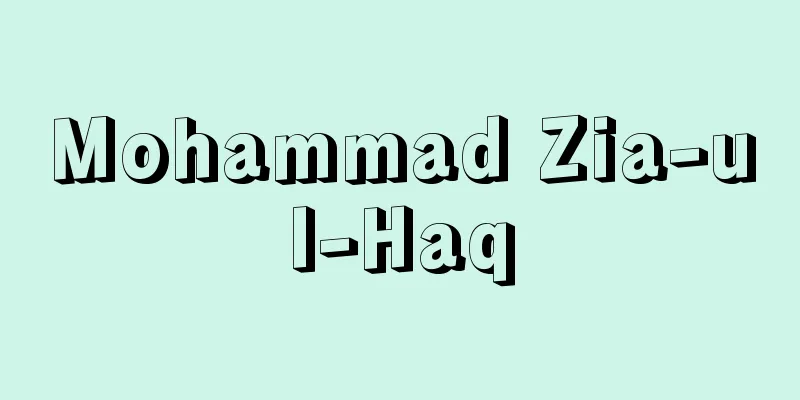Osmanl - Osmanl

|
...Using their political positions and close ties with the Sultan, they accumulated enormous wealth, which they used to build waqf facilities and invest in commerce. Having mastered Islamic learning and Persian literature and art, they were also intellectual elites who prided themselves on being Ottoman gentlemen (Osmanlı). On the other hand, the majority of children conscripted by the Deşirme became Janissaries or sipah (royal cavalry), and the former in particular had a deep connection with the mystical order Bektash since its founding, and gained a great political voice through the practice of expressing dissatisfaction with the Sultan by bringing cooking pots to the Meat Square (Et Meydanı) in front of the barracks. From the Ottoman Empire … *Some of the terminology explanations that mention "Osmanlı" are listed below. Source | Heibonsha World Encyclopedia 2nd Edition | Information |
|
…その政治的立場やスルタンとの親密な関係を利用して莫大な富を蓄え,それによってワクフ諸施設を建設したり,商業に投資をした。イスラムの諸学問を修め,ペルシア文学や芸術を身につけた彼らは,〈オスマン紳士(オスマンルOsmanlı)〉を自負する知的エリートでもあった。一方,デウシルメによって徴用された子どもたちの大多数はイエニチェリやシパーフsipah(近衛騎兵)となったが,とくに前者は,その創設以来神秘主義教団ベクターシュと深い関係をもち,また兵営前の〈肉の広場Et Meydanı〉に料理用の大なべを持ち出すことによってスルタンに対する不満の意思表示をする慣行を通じて,政治的に大きな発言力を獲得した。… 【オスマン帝国】より… ※「オスマンル」について言及している用語解説の一部を掲載しています。 出典|株式会社平凡社世界大百科事典 第2版について | 情報 |
>>: Ottoman Turkish - Osman Turkish
Recommend
Inubiwa - Inubiwa
A deciduous or evergreen tree of the family Morac...
nectary
…The term nectar is derived from the Greek word n...
Mingrelian
A Georgian tribe. In Russian they are called Megre...
Comedy of humours
A type of English comedy. Based on the medieval me...
Dannemann, Friedrich
Born: December 28, 1859 in Bremen [Died] 1936 Germ...
Afar Ape Man - Afar Engine
⇒ Australopithecus afarensis Source: About Shogaku...
Colorado tick fever
An infectious disease caused by a virus belonging ...
"One Hundred Sweet Potatoes" - Imohyakuchin
...These include "Kumiito of the Poetic Immo...
Einstein, C. (English spelling)
...The perspective of a typical novelist who mani...
Cana (Palestine) - Kana
…the first miracle performed by Jesus Christ (Joh...
From Minamoto no Noriyori
Year of death: 4th year of Kenkyu (1193) Year of b...
Awayuki tofu - Awayuki tofu
〘Noun〙① A special tofu that melts instantly on the...
Superiors and subordinates - sonzokuhizoku
A classification given to blood relatives within k...
Lee Kengo
Chinese author, playwright, and literary scholar....
Bay of Bengal
A large bay in the northeastern Indian Ocean. It ...









